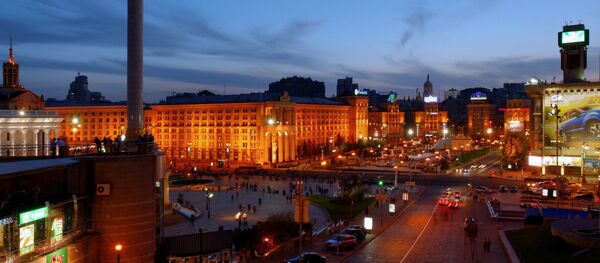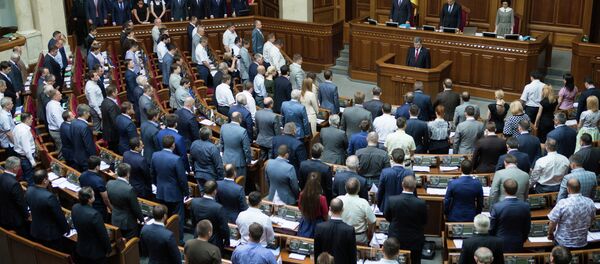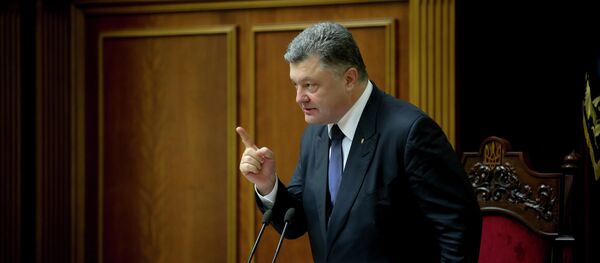The economy is in free fall, with projections that GDP will contract this year by 15% (more than double the contraction of last year).
With output collapsing and inflation at 60%, living standards have plunged.
Meanwhile Ukraine’s government refuses to negotiate with the leaders of the Donbass, and maintains an army in the field of 90,000 men.
By the standards of modern Europe this is a huge army.
Keeping such a large army in the field is a huge drain on Ukraine’s rapidly diminishing resources.
What makes it worse is that Ukraine recoils from using it. Probing attacks that took place over the summer on militia positions were invariably rebuffed, whilst the Western powers have made known their strong opposition to any new Ukrainian military offensive, fearing Ukraine would not survive another defeat.
At the same time Ukraine refuses to withdraw or demobilise its army, concerned that were it to do so it would be admitting defeat and would lose the Donbass forever.
The result is that an army that neither advances nor retreats — leading to growing demoralisation and indiscipline amongst the troops.
At the same time as the economic and military situations deteriorate, corruption levels have grown and now exceed those of the previous Yanukovych government.
In other words Ukraine is deadlocked.
In such a situation popular support for the government has collapsed. President Poroshenko now commands just 14% support, whilst Premier Yatsenyuk’s support has fallen to below 2%.
In the resulting political vacuum it is the extremist right wing parties and militias that have taken centre stage.
Over the last few months we have witnessed a succession of violent incidents involving the extremist neo-Nazi militia Right Sector, whilst the riots in Kiev seem to have brought together elements of many groups.
If the collapse of the government’s support is what has made such gatherings possible, it is the collapse of its authority that leads to the sort of violence we have just seen in Kiev.
The government’s security forces are too demoralised and undisciplined to respond firmly, and the government itself, riven by factions, is divided in its response.
Strikingly, President Poroshenko’s priority in his television address following the riots was not to condemn the violence but to appease the rioters and their supporters by assuring them that his decentralisation proposals — supposedly the pretext for the riots — are not for real.
This despite the fact that a law granting Ukraine’s eastern regions special status, to be followed by constitutional negotiations, is a central element of the Minsk Peace Plan.
Such weakness invites further violence, making it a certainty that more will come.
Opinion polls show that the overwhelming majority of Ukrainians want a peaceful solution to their conflict.
The country’s President will not even defend the peace plan he signed from attack by violent extremists. Instead he goes on television and boasts of how he has undermined it.
In such a situation prospects for a peaceful solution to the conflict look hopeless, whilst the collapse of the government’s support and authority — making it unable to maintain order — is a harbinger of the chaos that is now coming.
The views expressed in this article are solely those of the author and do not necessarily reflect the official position of Sputnik.





